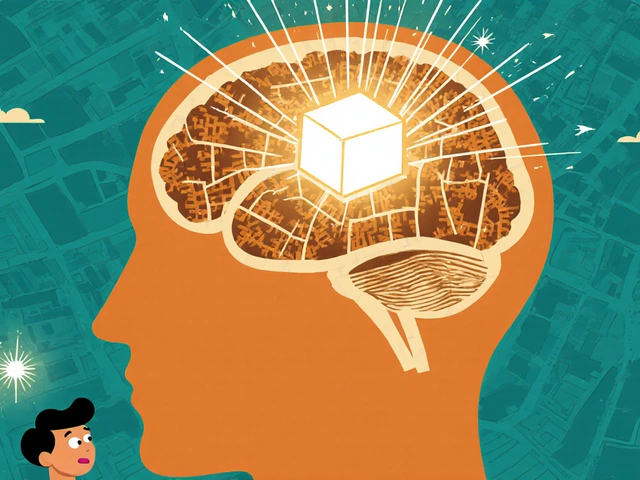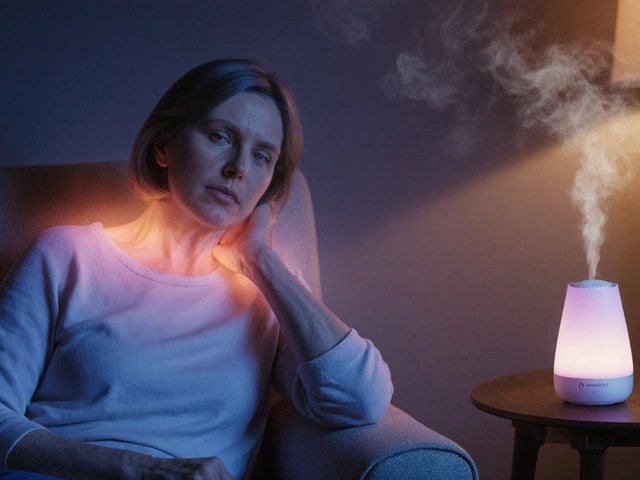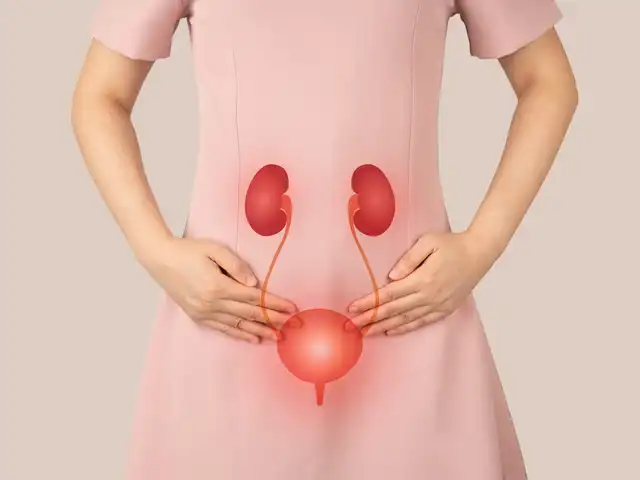Growth Plate Abnormalities: What They Are and How They Affect You
When working with growth plate abnormalities, disorders that involve the cartilage at the ends of long bones where growth happens. Also known as physeal disorders, they can limit height, cause pain, or lead to bone deformities. Understanding these conditions early can keep kids active and avoid long‑term problems.
The growth plate itself is called the epiphyseal plate, a thin layer of hyaline cartilage that thickens during childhood and closes in late adolescence. When the epiphyseal plate is damaged, either by trauma, infection, or hormonal imbalance, the surrounding bone may stop growing correctly.
One common subgroup is osteochondrosis, a family of disorders where blood flow to the growth plate is reduced, leading to bone pain and growth delays. Conditions such as Legg‑Calvé‑Perthes disease or Osgood‑Schlatter fall under this umbrella and often show up in active pre‑teens.
Because the growing skeleton is sensitive, many medications can unintentionally affect it. Steroids, certain anticonvulsants like Depakote, and even some chemotherapy agents have been linked to premature closure of the epiphyseal plate. That’s why doctors in pediatric orthopedics, the specialty that focuses on musculoskeletal problems in children keep a close eye on medication histories.
How Doctors Diagnose and Treat These Issues
Diagnosis usually starts with a physical exam and a review of growth patterns. X‑rays are the standard imaging tool; they let clinicians see whether the growth plate is widened, narrowed, or showing irregularities. MRI can reveal soft‑tissue changes that plain X‑rays miss, especially in early osteochondrosis.
Treatment depends on the cause. Minor injuries often heal with rest, immobilization, and physical therapy. For more serious cases, options include surgical fixation, distraction osteogenesis, or hormonal therapy. Growth hormone therapy, injections that stimulate the epiphyseal plate to keep growing when natural hormone levels are low, is a proven option for children with growth‑plate‑related short stature.
Nutrition also plays a role. Adequate calcium, vitamin D, and protein support bone health, while excessive caffeine or sugar can interfere with calcium absorption. Parents should aim for balanced meals and encourage weight‑bearing activities like jumping or running, which naturally stimulate the growth plate.
When a medication is the culprit, doctors may switch to a safer alternative. For example, if a child on Depakote shows signs of early plate closure, a neurologist might consider another anticonvulsant with less impact on bone growth. The same logic applies to steroids: the lowest effective dose for the shortest time is the goal.
Physical therapists often incorporate low‑impact strength training to protect the growth plate while still building muscle. Techniques such as eccentric loading can improve tendon‑bone attachment strength without over‑stressing the cartilage.
Regular monitoring is key. Growth charts, periodic X‑rays, and blood tests for hormone levels help track progress. If a child’s growth curve flattens unexpectedly, a quick visit to a pediatric orthopedist can catch a problem before it becomes permanent.
Families also benefit from education. Understanding why a child must avoid high‑impact sports for a few months, or why a medication change matters, reduces anxiety and improves compliance. Many clinics provide printable guides that explain growth‑plate anatomy in plain language.
In short, growth plate abnormalities are a group of conditions that interfere with the normal growth of long bones. They involve the epiphyseal plate, can be part of osteochondrosis, may be triggered by certain drugs, and often require a mix of rest, therapy, and sometimes growth hormone.
Below you’ll find a curated list of articles that dive deeper into specific medicines, treatment options, and real‑world tips for managing these disorders. Whether you’re looking for a medication comparison, a safety guide for buying generics, or lifestyle advice, the collection ahead covers the most relevant topics for anyone dealing with growth‑plate‑related concerns.

Osteodystrophy & Growth Plate Abnormalities in Children: Causes, Diagnosis & Treatment
Explore the causes, signs, diagnostic tools, and treatment options for osteodystrophy and growth plate abnormalities in children, with real‑world examples and practical guidance.
Read More



